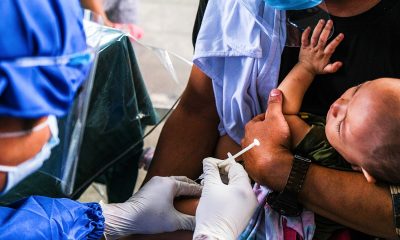AFFORDABILITY has been increasingly identified as critical in expanding access to broadband in developing countries, especially in the Least Developed Countries (LDCs).
This is even as 57 per cent of the global population are said to be currently offline. Affordability describes both the price of services, as well as the cost of devices (smartphones, tablets or other devices allowing broadband access).
According to the International Telecommunications Union (ITU), which noted that broadband is becoming more affordable over the past four years, observed that fixed broadband prices as a share of the Gross National Income (GNI) per capita have dropped by 41 per cent. The ITU disclosed that by 2014, the majority of countries had reached the commission’s target of offering basic fixed-broadband services at less than five per cent of monthly GNI per capita, but broadband still remains unaffordable in many parts of the developing world.
However, ITU, in the ‘State of Broadband Report 2015’, observed that huge discrepancies in affordability persisted.
According to it, by most recent data for 2014, fixed broadband services remain expensive, costing an average of $74.5 Purchasing Power Parity (compared with just $22.5 in developed countries, less than a third of the developing country equivalent). This implies a huge disadvantage for the developing world, especially LDCs.
In 2014, a basic fixed broadband plan corresponded to less than five per cent of average GNI per capita in 111 countries which had met the Broadband Commission target, of which 44 were developed countries and 67 were developing countries, up from just 57 developing countries in 2013 and 48 in 2012.
However, the United Nation’s commission in charge of global telecommunications disclosed that the cost of broadband is comparatively higher in vulnerable countries (such as LDCs, LLDCs and SIDS).
Furthermore, ITU said another major disadvantage that LLDCs face is that broadband costs as a share of GNI are much higher than in coastal countries with access to submarine communication cables.
According to ITU, broadband Internet is failing to reach those who could benefit most, with Internet access reaching near saturation in the world’s rich nations but not advancing fast enough to benefit the billions of people living in the developing world.
The broadband report revealed that 57 per cent of the world’s people remain offline and unable to take advantage of the enormous economic and social benefits the Internet can offer.
Access to information and communication technologies, particularly broadband Internet, has the potential to serve as a major accelerator of development, with the importance of ICT connectivity specifically recognized in the new UN Sustainable Development Goals.
“The UN Sustainable Development Goals remind us that we need to measure global development by the number of those being left behind,” said ITU Secretary-General, Houlin Zhao, who served as co-Vice Chair of the Commission with UNESCO Director-General, Irina Bokova.

 Latest5 days ago
Latest5 days ago
 Latest7 days ago
Latest7 days ago
 News4 days ago
News4 days ago
 Energy1 week ago
Energy1 week ago
 Comments and Issues1 week ago
Comments and Issues1 week ago
 Business1 week ago
Business1 week ago
 Latest6 days ago
Latest6 days ago
 Health1 week ago
Health1 week ago
